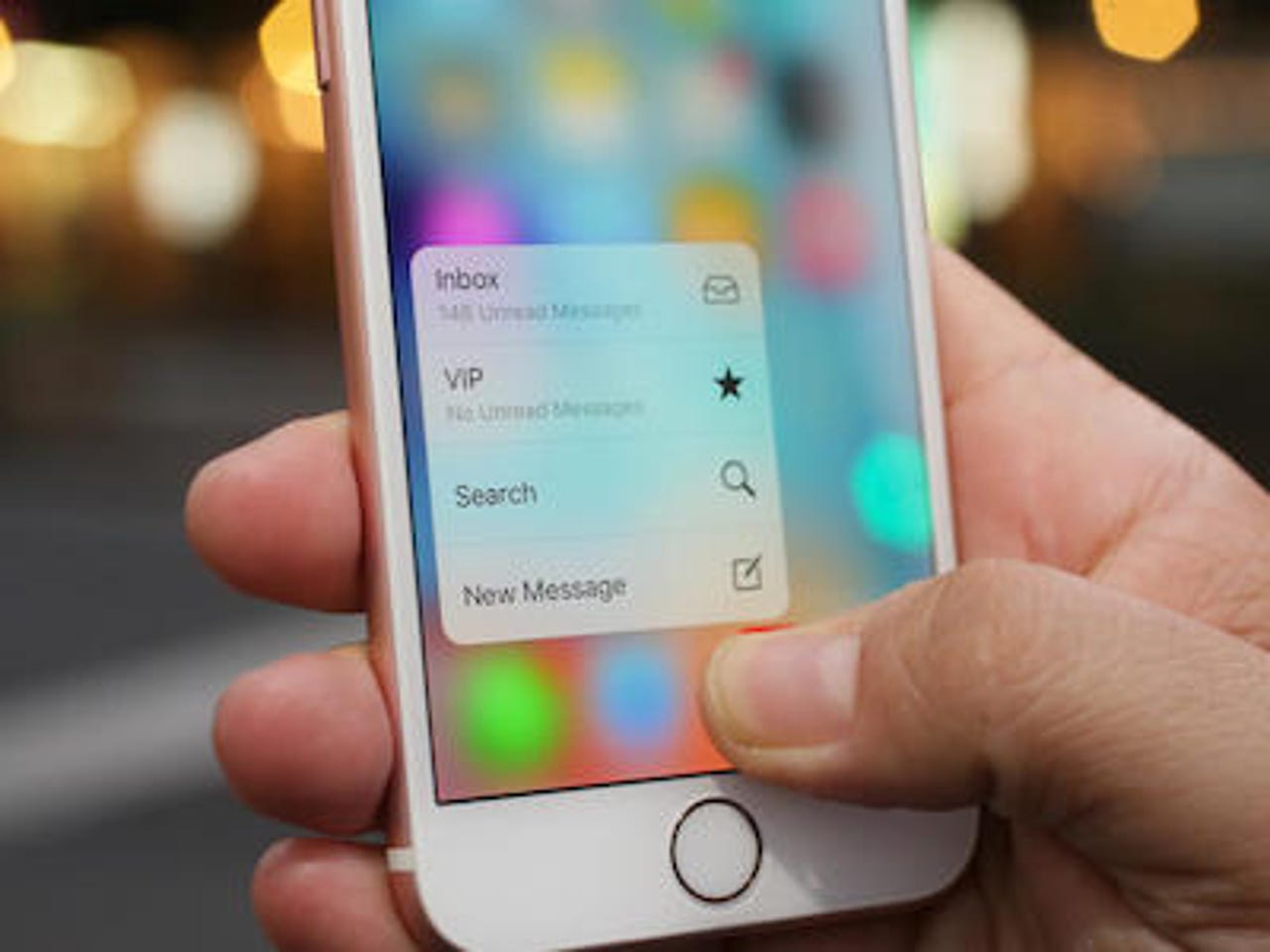Why it's unlikely you'll see iPhones with OLED screens before 2018


There's more talk of Apple switching its iPhone displays from traditional LCD screens to flexible OLED panels: Reuters on Wednesday reported that Samsung and LG are both "close to a final agreement" to supply the screens.
Don't get too excited though: It's highly unlikely that the next iPhone in 2016 will use the power-efficient displays. Instead, 2018 makes more sense.
That's because neither Samsung nor LG has the capability to supply enough OLED panels to Apple now. Both companies make the screens and use them on their own handsets. Even by combining their production lines, they'd have to build and deliver around 200 million panels to Apple, based on current annual iPhone sales.
The two companies are reportedly spending $12.8 billion together -- $8.67 billion by LG alone -- in order to build up their OLED production capacity as a result and that's going to take time.
So why not 2017, then? Apple's standard product lifecycle holds the clue there.
Even if by then Samsung and LG can produce enough OLED panels for Apple, 2017 is likely to be "c" model year for the iPhone.
Unless Apple changes its odd-year approach, 2016 would see an iPhone 7 while we'd see an iPhone 7c line the following year. And one of the key advantages to that approach is the reuse of many components from the prior model: Apple tends to boost the chip capabilities and make minor tweaks in the off-years.
Switching the type of display panel would be a major change in 2017 as a result.
Why even bother switching to OLED displays at all for the iPhone?
For one thing, OLED panels bring power efficiency benefits over LCD screens. OLED displays aren't completely backlit, for example. Instead, each individual pixel is lit as needed. That saves on battery life when much of the display is showing black, or unlit, pixels, because no power is used for them.
That also brings another advantage: Since the black pixels aren't lit, the displays have a higher contrast level so images and text look bright while colors can seem to pop more.
Lastly, OLED screens can be made thinner than LCD screens, giving Apple a smidge more room to add other components or a slightly thicker battery inside a new iPhone. In a product where every speck of a millimeter counts during the design phase, that's key for Apple's iPhone.
Note that even if Apple does bring OLED screen technology to the iPhone, it won't be the company's first product to use it: The Apple Watch display is a touchscreen, OLED panel.